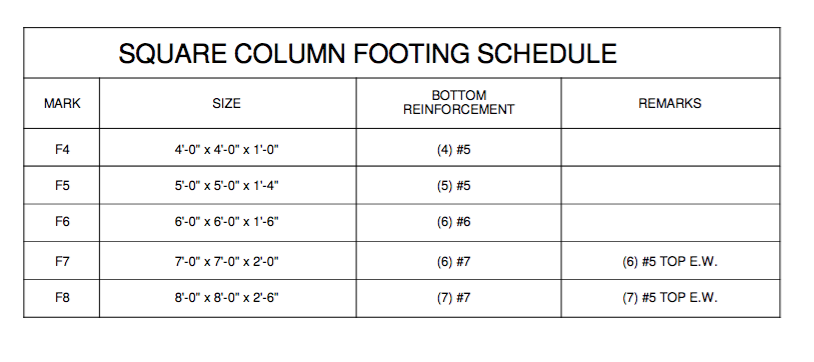
These are primarily unhardened and ready for use, making it an ideal choice for many projects. Ready-mixed cement, or otherwise known as ready mixed concrete, are construction materials manufactured in a plant and delivered to a particular construction site in a plastic state. Use the following yields per each bag size:

You need to divide the total cubic yards that the yield needs to determine the number of concrete bags you need. For concrete, the procedure for volume is as follows: length x width x thickness. Now, the formula is ideal for solving for volume and then converting it to cubic yards. After your conversion, multiply the concrete's thickness in feet by the square footage to get cubic feet.Convert the thickness of the concrete from inches to feet.Multiply the length by width so that you can get the correct square footage.Get the right length and width of the area that you want to cover.Establish the right thickness that you want the concrete to have.To help you calculate concrete, here are a couple of steps that you can follow: When it comes to estimating the right amount of concrete for your project, getting the correct equation is necessary. Meanwhile, you can integrate sacrificial probes within the concrete to add more strength. Doing so creates a compressive force that can offset the tensile forces placed on the structure. Meanwhile, if you're using concrete where there are very high tensile stresses, adding pre-tensioned steel wires is the best way to go. So, if you want to improve its performance, adding metal rods, cables and wires can help. Aside from moisture, the temperature can affect its durability, too. Various factors can affect the strength of concrete. Meanwhile, High-Performance Concrete commonly has 50 MPa. Standard concrete can vary between 24 and 40 MPa. MPa compares to a force of 50 tonnes on a square with sides of ten centimeters. Mechanical Strength: When it comes to the concrete's power, you can measure it through MPa. That's why it's highly suitable for structures that often get exposed to extreme conditions. To know how much water you need, using the slump test to measure it should do the trick.ĭurability: Concrete is highly resistant to any physicochemical effects from the environment. However, reducing the water can only affect its workability. Thus, making it more durable for various construction projects. It also means that the less porous the concrete will be, the better its performance. So, regular structural concrete with lower liquid content can cause it to become stronger. The type of cement and the method used to produce it determines the characteristics of concrete.ĭensity: When it comes to ordinary structural cement, the water-to-cement ratio determines its strength. You can even change the surface and the texture, too.

It means that you can shape it in any form you wish to. Although many people consider it as durable and highly resilient, freshly mixed concrete allows you to design it in any way you want. When combined with other technologies such as hydronic heating, concrete can boost energy efficiency by up to 70%.

Thus, reducing the need for heating and cooling over its service life. Concrete buildings can moderate the temperature conditions inside the building. It's also resilient against fire, water, and wind, which is why most people prefer to use it over other conventional building materials. Concrete isn't' susceptible to rust, burn, or even rotting. Even more, it reduces your environmental footprint since you require less reconstruction to retain it. Because of it, you barely have to spend anything when it comes to maintaining the concrete. Unlike other alternative building materials, concrete can last for decades, even when it's barely maintained. A few of its benefits include the following: Now, concretes have numerous positive aspects, which makes it ideal for any construction project. Thus, morphing into the modern concrete that we know today. Consisting of lime and gypsum, they improved this plaster-like material by combining it with other substances. Furthermore, it also uses a range from different structural applications to drains, curbs, and paviors.Īlthough it's mainly for construction, Egyptians first developed a material identical to concrete over a thousand years ago. It's a crucial part of any buildings, roads, dams, and bridges.

When it comes to construction, concrete is man's commonly used material on earth. Concrete Calculator- How Much Concrete Do You Need


 0 kommentar(er)
0 kommentar(er)
